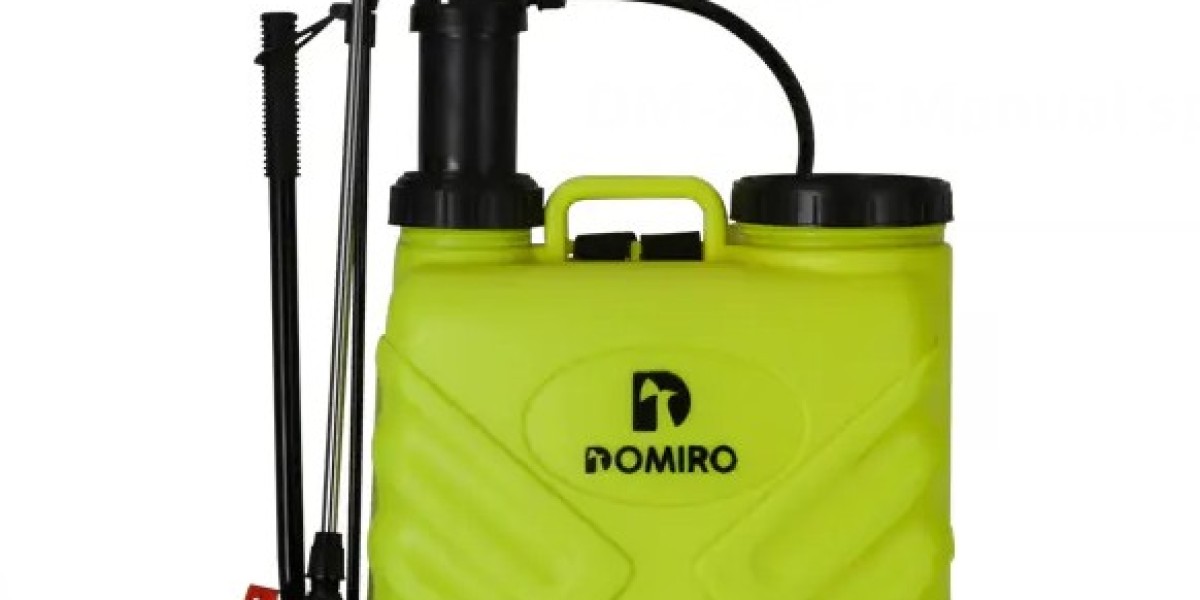Knapsack agricultural manual sprayers are widely used tools in the agricultural sector, valued for their portability and effectiveness in applying pesticides, herbicides, and fertilizers. From a manufacturing perspective, producing these sprayers requires attention to design, material selection, and user safety to meet the diverse needs of farmers and gardeners.
One key aspect in manufacturing knapsack sprayers is the choice of materials for the tank and components. The tank must be constructed from materials that resist corrosion caused by chemical exposure while remaining lightweight to reduce user fatigue. Commonly, high-density polyethylene or similar plastics are used because of their durability and resistance to various agricultural chemicals. The manufacturing process must ensure the tanks are leak-proof and robust enough to withstand outdoor conditions.
Ergonomics play an important role in the design of the sprayer. The straps, handles, and overall shape should provide comfort during prolonged use. Adjustable straps help accommodate different body sizes, distributing the weight evenly to minimize strain. The handle and pump mechanism must be designed for smooth operation, allowing users to maintain consistent pressure with less effort. Attention to ergonomics in manufacturing improves the usability and satisfaction of the final product.
Another important manufacturing focus is the spray mechanism itself. The nozzle should offer adjustable spray patterns to provide flexibility in application, from fine mist to targeted streams. Precision in nozzle production helps control chemical usage, which is important for both cost efficiency and environmental considerations. Manufacturers typically test the spray patterns to ensure consistent performance across different settings.
Ease of maintenance is also considered in the manufacturing process. Components that are easy to disassemble and clean help extend the sprayer’s lifespan and reduce downtime for users. Designing with replaceable parts, such as nozzles and seals, can improve the product’s long-term usability and reduce waste.
Safety features are incorporated into the design and manufacturing of knapsack sprayers. Proper sealing prevents leaks that could expose users to harmful chemicals. The manufacturing process includes quality checks to confirm that valves and closures function reliably under pressure. Ensuring the sprayer operates safely is a key responsibility of manufacturers to protect end-users.
Manufacturers also focus on compliance with regional regulations and standards related to chemical application equipment. This may involve meeting specifications for pressure ratings, material safety, and labeling. Adhering to these standards is necessary for market acceptance and user confidence.
In addition to technical aspects, manufacturers pay attention to cost efficiency in production. Balancing quality with affordable materials and efficient assembly methods enables the production of sprayers that are accessible to a wide range of users, from small-scale farmers to gardeners.
Overall, manufacturing knapsack agricultural manual sprayers involves a comprehensive approach that considers material durability, ergonomic design, spray performance, safety, and compliance. By addressing these factors, manufacturers can provide reliable tools that support effective agricultural practices.



